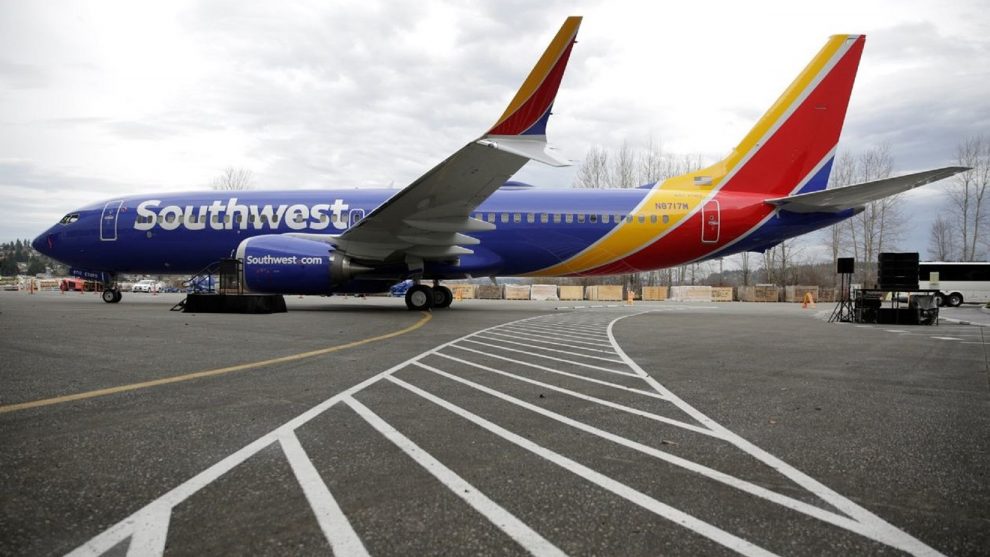
Plane maker Boeing Co. didn’t tell Southwest Airlines Co. when the carrier began flying 737 Max jets in 2017 that a standard safety feature, found on earlier models and designed to warn pilots about malfunctioning sensors, had been deactivated.
Federal Aviation Administration safety inspectors and supervisors responsible for monitoring Southwest LUV, -0.69% , the largest Max customer, were also unaware of the change, according to government and industry officials.
Boeing BA, -0.53% had turned off the alerts which, in previous versions of the 737, informed pilots if a sensor known as an “angle-of-attack vane” was transmitting errant data about the pitch of a plane’s nose. In the Max, which featured a new automated stall-prevention system called MCAS, Boeing made those alerts optional; they would be operative only if carriers bought additional safety features.
Southwest’s cockpit crews and management didn’t know about the change for more than a year after the planes went into service. They and most other airlines operating the Max globally learned about it only after the fatal Lion Air crash last year led to scrutiny of the plane’s revised design. The FAA office’s lack of knowledge about Boeing’s move hasn’t been previously reported. “Southwest’s own manuals were wrong” about the status of the alerts, said Southwest pilots union president, Jon Weaks. Since Boeing hadn’t communicated the modification to the carrier, the manuals still reflected incorrect information.
An expanded version of this report appears on WSJ.com.
Also popular on WSJ.com:
New York attorney general probes NRA as Oliver North exits as president.
Another stock market record, but it’s a different kind of boom.






